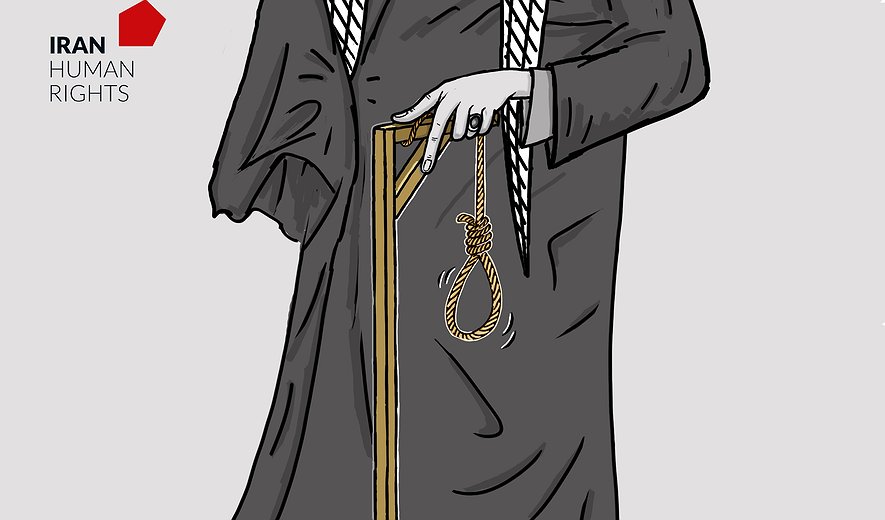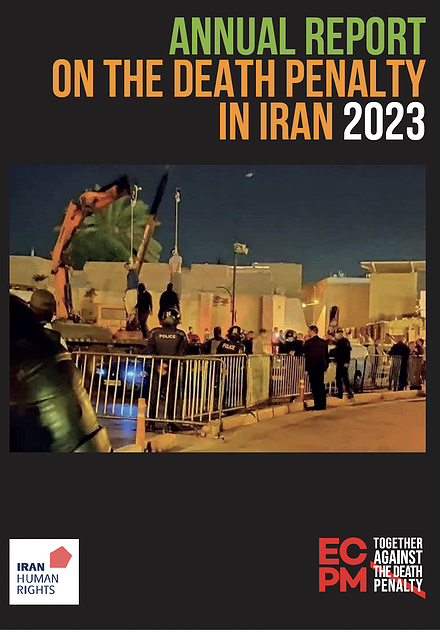Baluch Woman Zarkhatoun Mazarzehi Executed in Kerman

Iran Human Rights (IHRNGO) November 15, 2023: A Baluch woman named Zarkhatoun Mazarzehi was executed for drug-related charges in Kerman Central Prison.
According to Haal Vsh, a Baluch woman was executed in Kerman Central Prison on 15 November. Her identity has been reported as Zarkhatoun Mazarzehi, a 46-year-old widow and mother of a daughter. She was sentenced to death for drug-related charges by Branch One of the Kerman Revolutionary Court. She was notified of the sentence on 15 March 2022 in prison.
Relatives previously told Iran Human Rights: “She didn’t have access to a defence lawyer at the time of arrest. Zarkhatoon Mazarzehi has made no confessions. She didn’t know anything about the drugs they found. She had agreed to carry raw materials for cosmetics which she believed to have issues at customs, and has said at every opportunity that she wasn’t carrying drugs. Ms Mazarzehi was the breadwinner, her husband died of tuberculosis."
At the time of writing, her execution has not been reported by domestic media or officials in Iran.
Ethnic minorities, the Baluch in particular, are grossly overrepresented in execution numbers in Iran. In 2022, at least 174 Baluch minorities including 3 women, were executed in 22 prisons across Iran, making up 30% of overall executions. This is while they represent just 2-6% of Iran’s population. Furthermore, at least 274 Baluch people have been executed for drug-related charges since 2021, 40% of all drug executions in that time period.
Drug-related executions have continuously risen every year for the past three years. At least 305 people were executed for drug-related charges between 1 January-10 October 2023, a 69% increase compared to the same period in 2022, and the number of drug-related executions in 2023 were close to 20 times higher than 2020.
The number of drug executions dramatically dropped in 2018 following a 2017 Amendment to the Anti-Narcotics Laws. Consequently, drug executions ranged between 24-30 per annum between 2018-2020. The Amendment was reversed in practice in 2021 when executions increased ten-fold to 126 in 2021 and doubled again in 2022 with 256 drug-related executions. On 13 September 2023, IHRNGO reported a 94% rise in the number of drug-related executions in the year following the start of the “Woman, Life, Freedom” movement in September 2022.

